Estudio Teddy Cruz + Fonna Forman
MEXUS: A Geography of Interdependence

MEXUS: A Geography of Interdependence. Photo © Tom Harris. Courtesy of the School of the Art Institute and the University of Chicago.
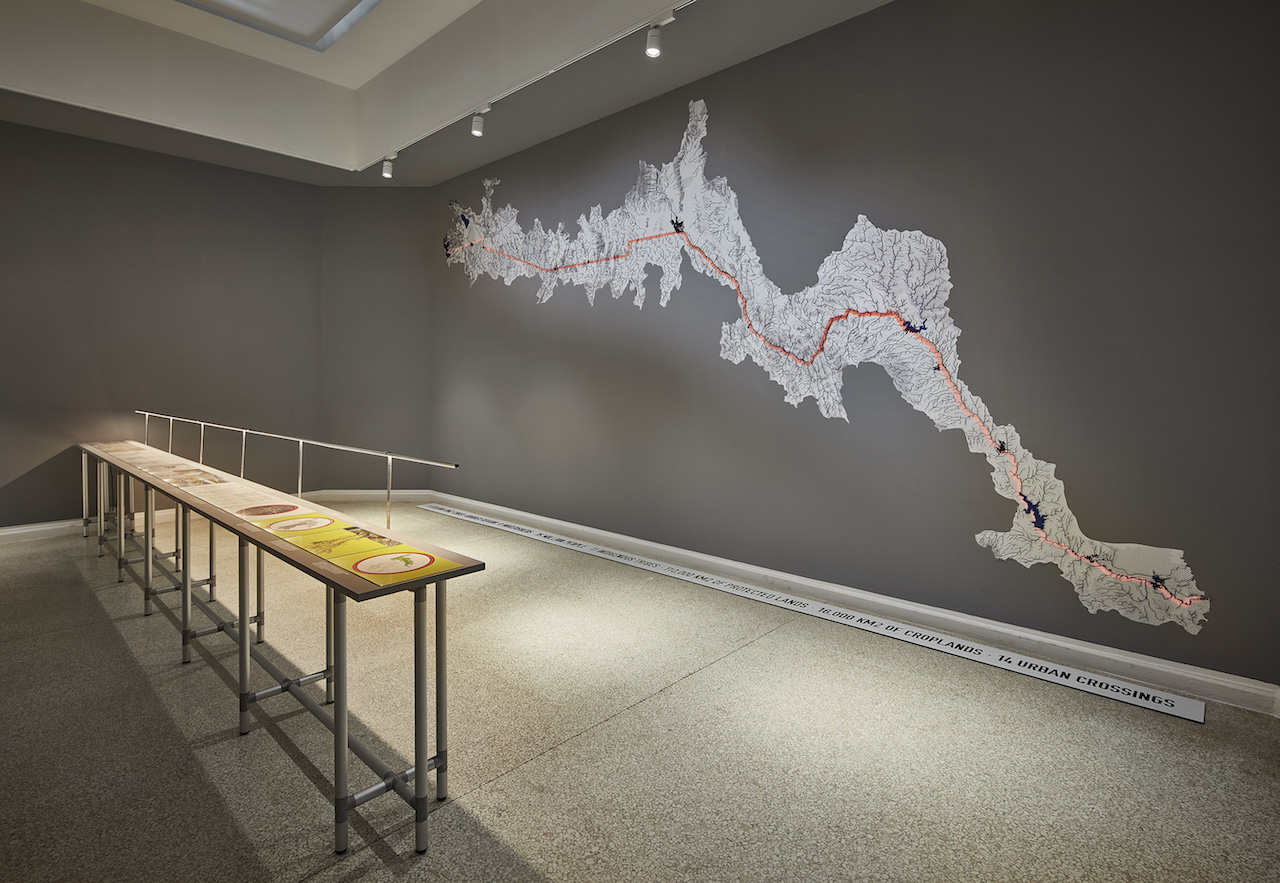
MEXUS: A Geography of Interdependence. Photo © Tom Harris. Courtesy of the School of the Art Institute and the University of Chicago.
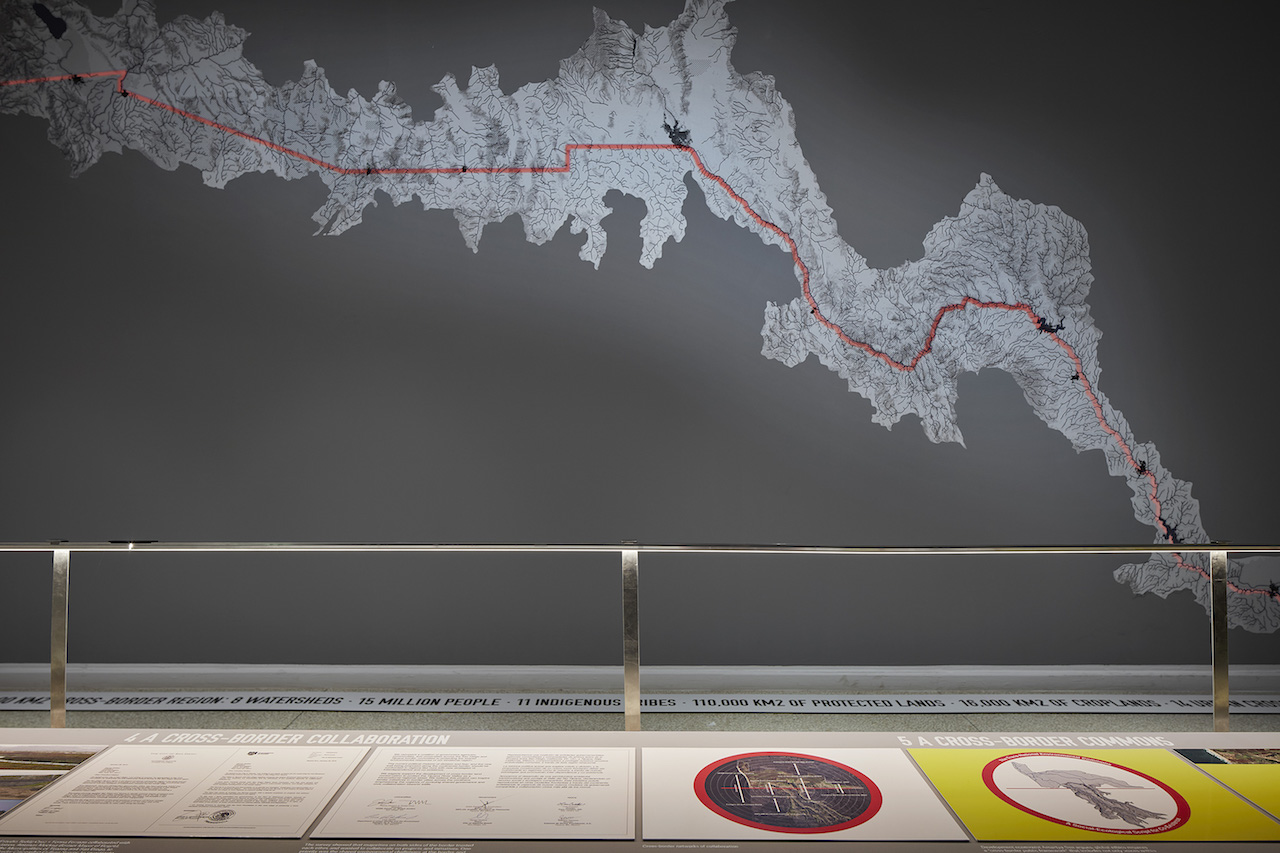
MEXUS: A Geography of Interdependence. Photo © Tom Harris. Courtesy of the School of the Art Institute and the University of Chicago.
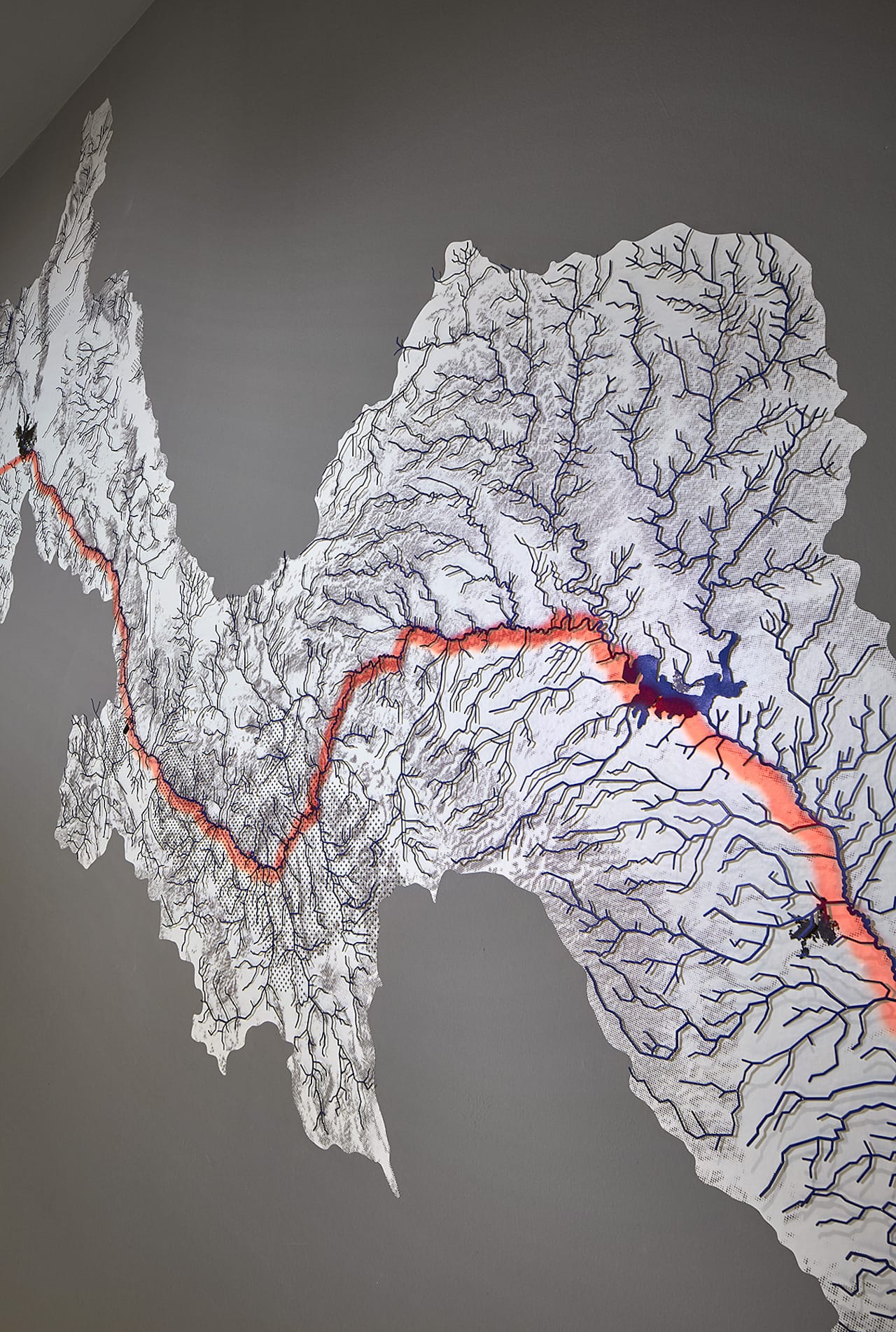
MEXUS: A Geography of Interdependence. Photo © Tom Harris. Courtesy of the School of the Art Institute and the University of Chicago.
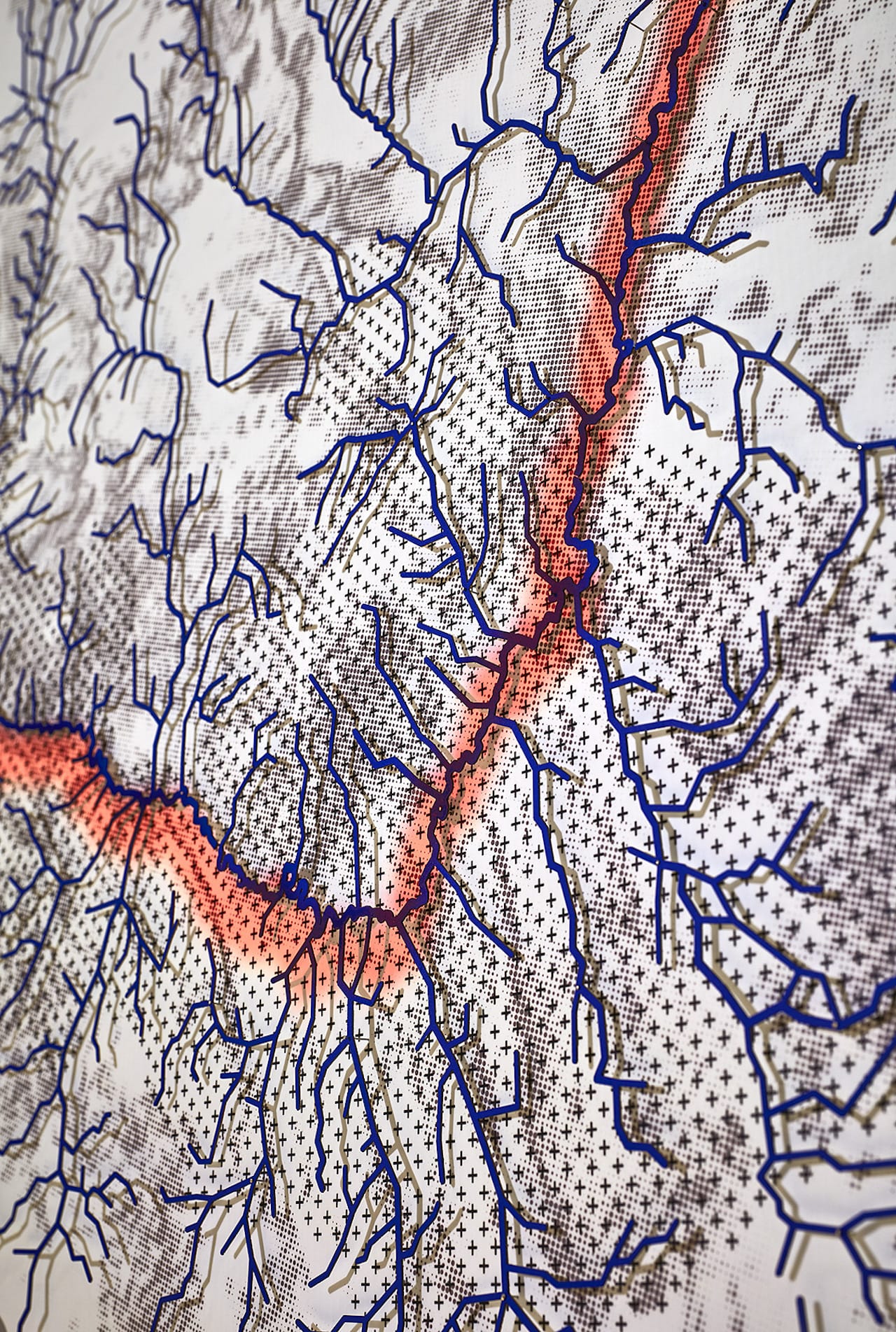
MEXUS: A Geography of Interdependence. Photo © Tom Harris. Courtesy of the School of the Art Institute and the University of Chicago.
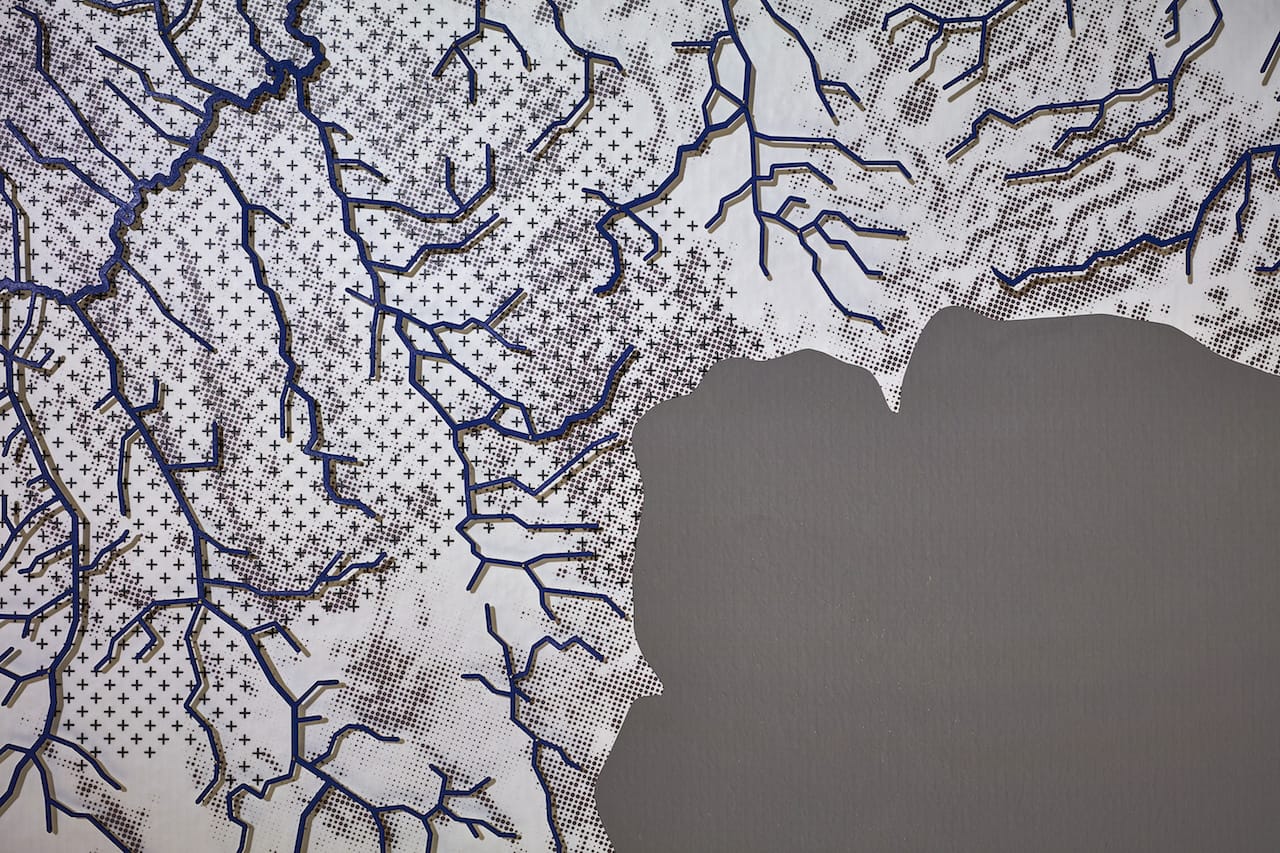
MEXUS: A Geography of Interdependence. Photo © Tom Harris. Courtesy of the School of the Art Institute and the University of Chicago.
The Mexico-US border is often maligned as a site of violence and crime, division and fear. By contrast, MEXUS represents this national threshold as a site of urban and political experimentation, from which more inclusive public imaginaries can emerge based on interdependence and cooperation.
It rethinks the concept of citizenship beyond the jurisdictional limits of the nation and the politics of territorial identity, and toward a more expansive idea grounded in shared assets and opportunities, which often remain hidden in border zones.
MEXUS visualizes the many cross-border flows—the watersheds, indigenous and protected lands, and ecological and metropolitan zones—that transgress the line. The wall cannot contain many things. The border is not simply a place where things end. This reality presents a challenge: un-wall our political imagination and consider a more porous border region. MEXUS challenges the legitimacy of an undifferentiated line between nations imposed onto a territory, which truncates the social and environmental systems that bridge divided nations. MEXUS presents a thicker set of ecologies framed by the existing structure of binational watersheds that sustain the entire region.
This swath of land is a region rather than a border. Un-walling reveals this thickened system of interdependencies. Even though the wall is regularly presented as an object of national security, it may prove to be a self-inflicted wound—the cause of great international environmental and economic insecurity in the years to come. The wall undermines vital regional ecosystems that are essential to the coexistence and survival of the communities on either side.
When environmental systems emerge as an organizing framework for a new transnational bio-region with corresponding cross-border opportunities and ethical imperatives, the primacy of the nation retreats. As development economist Amartya Sen argues, global ethics necessitates a “cross-border public framework” that includes not only voices within our own jurisdictional and territorial boundaries, but also the voices of those beyond our borders who we impact through our decisions and actions.
The challenges and opportunities that MEXUS opens are exemplified by zooming deeper into the region’s westernmost watershed. The Tijuana River Watershed ends at the Pacific Ocean as it filters through the Tijuana River Estuary, in the southernmost tip of San Diego County. In recent years, the activities of the US Department of Homeland Security, the building of a militarized “third border wall,” and the installation of more invasive infrastructures of surveillance and control, have impacted this sensitive environmental zone—the federal land flanking the border wall.
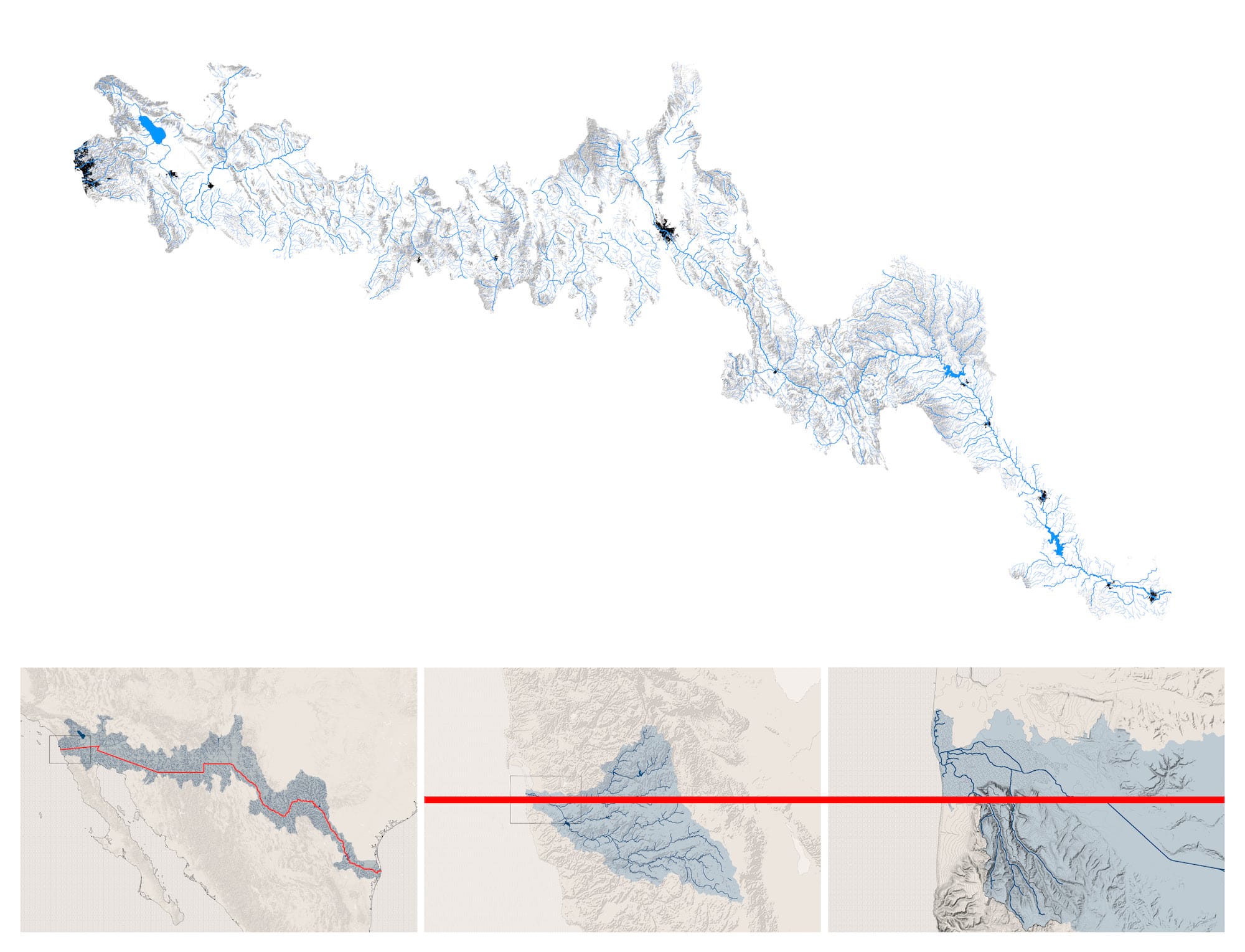
MEXUS is comprised of the eight watershed systems shared by Mexico and the United States, including the westernmost Tijuana River Watershed. © Estudio Teddy Cruz + Fonna Forman
The US imposition of concrete dams and drains truncates the many canyons that travel north and south as part of the bi-national watershed between Tijuana and San Diego. The collision between natural and administrative systems, and between ecological and political priorities, is profound.
The informal Tijuana settlement of Los Laureles, home to 85,000 people, sits in one of these canyons, at an elevation higher than the estuary. The construction of a new border wall by American authorities serves to accelerate the north-bound flow of waste from the slum into the estuary, siphoning tons of trash and sediment with each rainy season, and contaminating one of the most important environmental zones, the “lungs” of the bio-region.

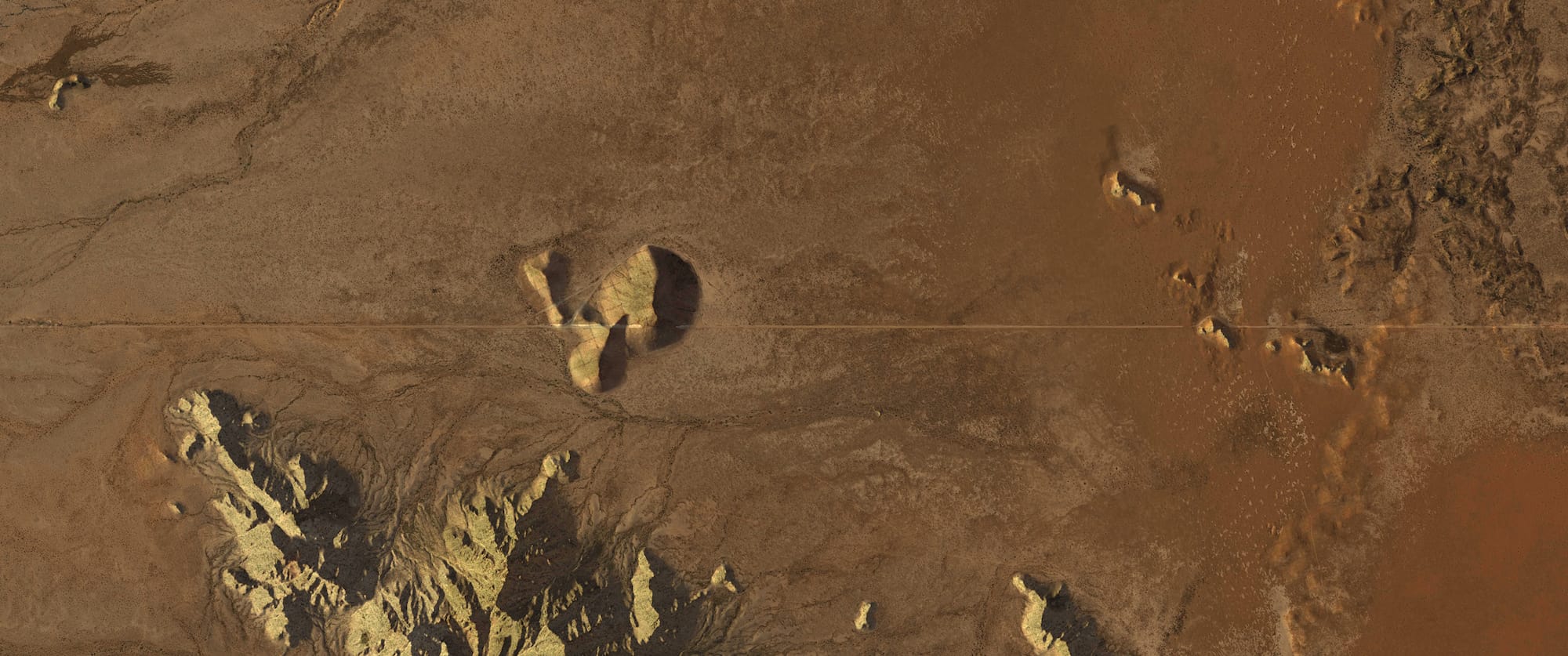
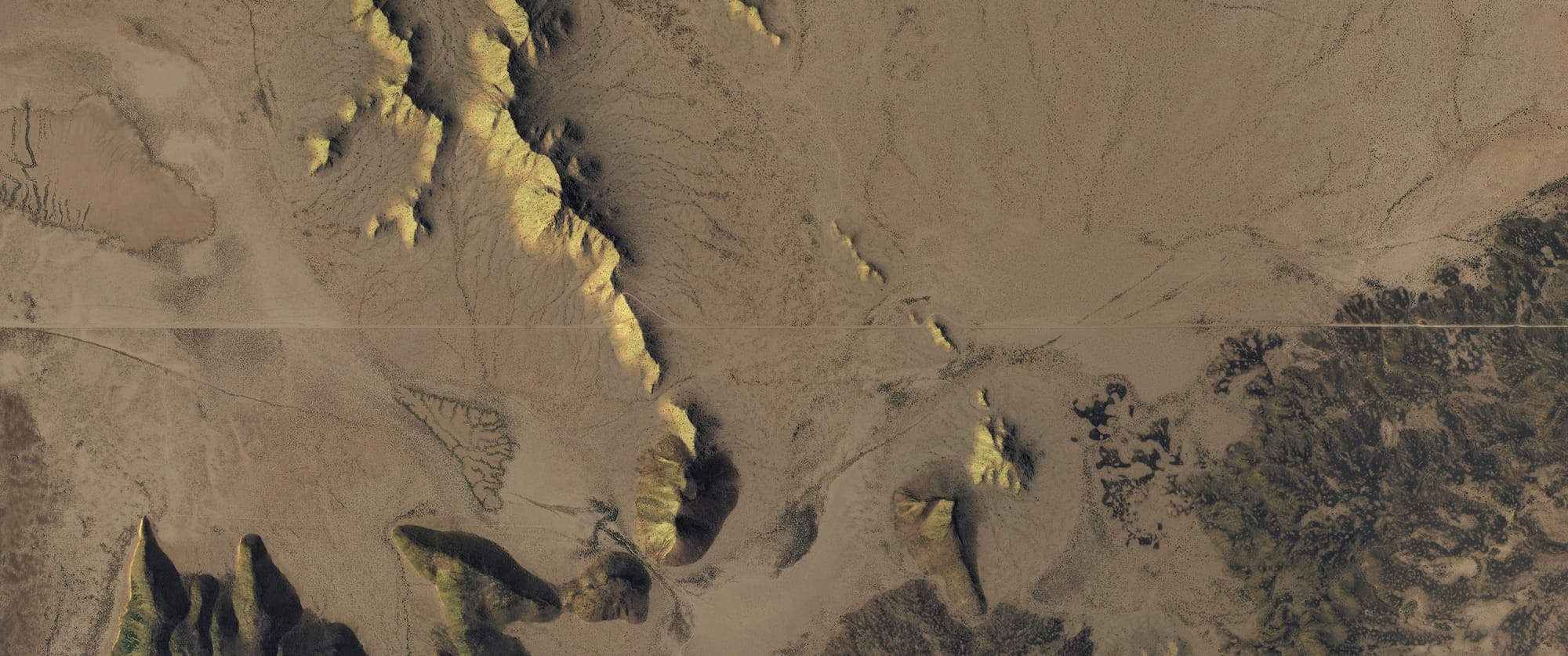
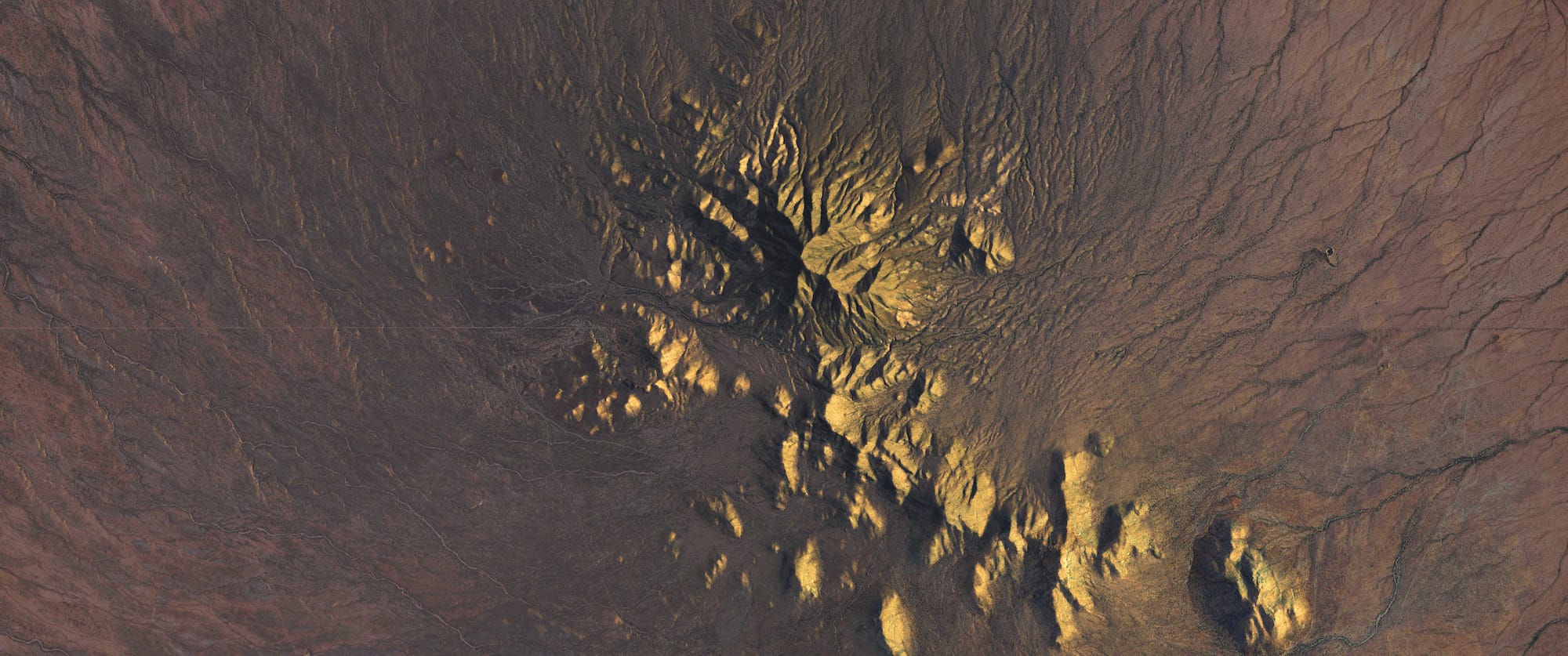
The Mexico-US continental boundary collides with cross-border environmental systems that force interruptions and gaps in the border wall. A new wall proposes to close these gaps, further impacting transnational ecologies and the shared destiny of border communities. © Estudio Teddy Cruz + Fonna Forman
MEXUS anticipates the development of a land conservancy that identifies slivers of land in the slum, bundles them, and connects them with the American estuary, forming a new jurisdiction that is socially and ecologically continuous. Led by Estudio Teddy Cruz + Fonna Forman, this is an unprecedented cross-border coalition of state and municipal government, communities, and universities. This specific juncture of MEXUS exposes the dramatic collision between informal urbanization, militarization, and environmental zones, and articulates the need for strategies of coexistence between these two border communities.